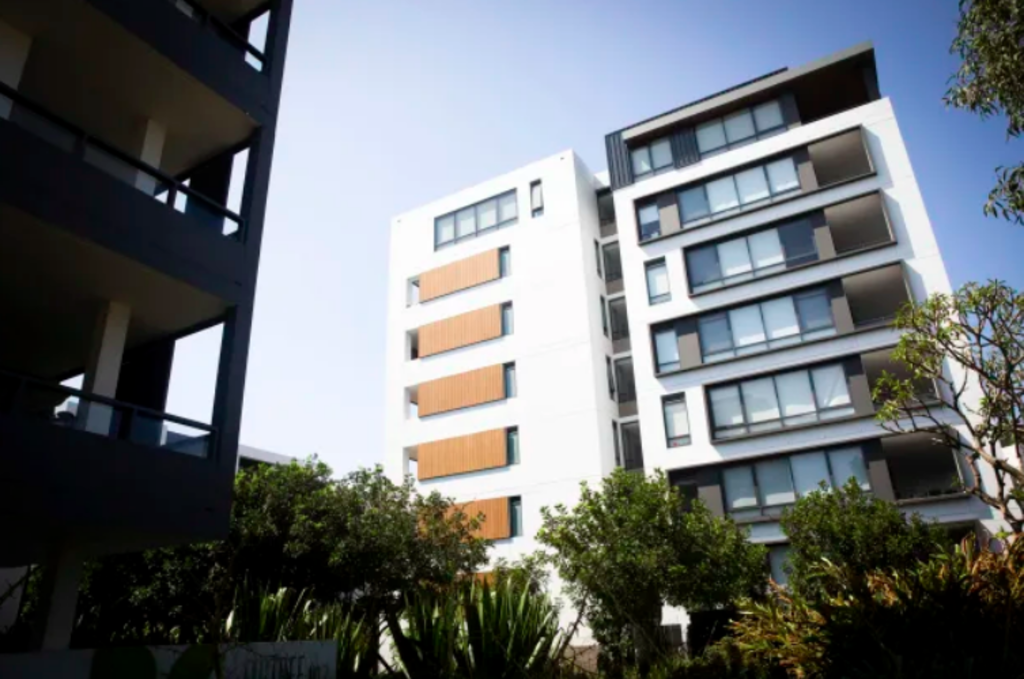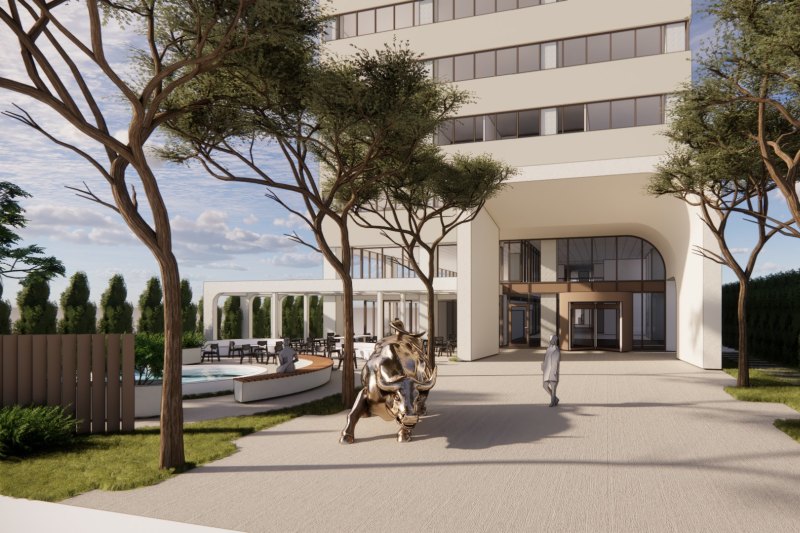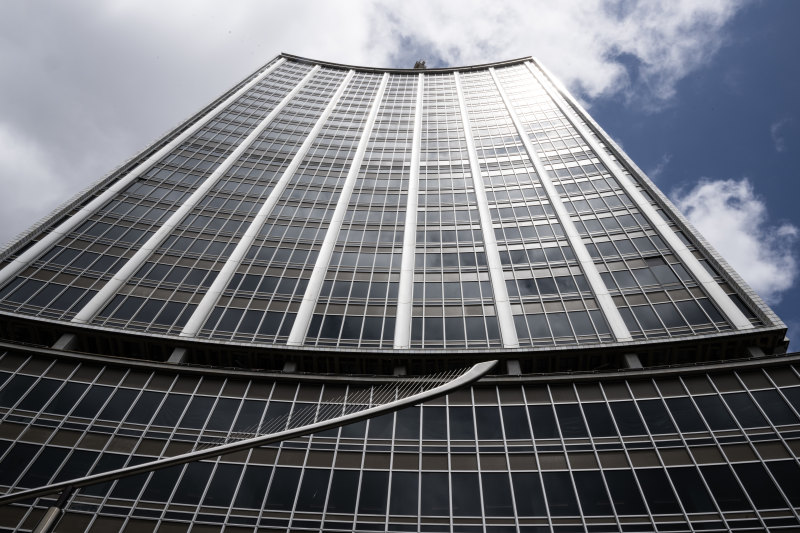
The combustible cladding you don't know about
Australia’s cladding crisis could deepen after a NSW tribunal judgment declared a synthetic wood product used as an attachment on building facades was combustible and failed to comply with building code fire safety requirements.
Developer Frasers Property Australia is appealing the NSW Civil and Administrative Tribunal ruling that found it and builder Taylor Construction Group in breach of their statutory warranties for installing Biowood cladding on apartment buildings in Sydney’s Ryde. NCAT’s appeals panel will hear the matter next month.
If not overturned, the ruling over Biowood – a composite material of 70 per cent pulped wood and 23 per cent PVC – will vastly widen the scope of materials apartment and commercial building owners have to scrutinise in assessing the fire dangers of their buildings.
Scrutiny so far – including the focus of building-audit processes under way across the country – has focused on risks to buildings posed by aluminium composite panels and expanded polystyrene, which are used for structural purposes such as walls.
The NCAT ruling at the end of November widened the scope of concern beyond structural elements to materials such as Biowood, used for aesthetic purposes, but which was found non-compliant with the building because it posed an unacceptable risk of spreading fire.
“This case has shown anything used on the facade of a building, including as an attachment, needs to be assessed for its combustibility,” said Gadens partner Daniel Middleton.
“If it is combustible, it is quite likely to be considered an undue fire risk and needs to removed.”
Building services company Roscon, which inspects buildings and advises on rectification, said the ruling could prompt reconsideration of the scope of products considered in the audits led by state governments.
“There is a multitude of products out there in the industry that are used as cladding facade product that will now come [under] scrutiny,” Roscon national general manager Sahil Bhasin said.
Biowood is widely used in commercial construction, as it gives a wood-like appearance that weathers far better than actual timber.
McDonald’s, which uses the material widely on restaurants, said it had received advice that the ruling did not apply to the fast-food company based on its buildings’ size and type.
“We take our responsibility to ensure our restaurants comply with all relevant codes seriously and require our suppliers to operate to standards which meet or exceed all legal requirements,” a spokeswoman said.
The ruling orders Taylor Construction and Frasers to replace the Biowood attachments on the walls of the two buildings with 148 apartments, and to pay the costs of the owners’ corporation that brought the case.
Frasers said the ruling only affected the use of Biowood on the external facades of apartment buildings and it was not regarded as non-compliant when used in other ways, such as on balconies or soffits, the underside ceiling in an external area.
“This ruling is significant as it reflects a lack of clarity on compliant materials, creating confusion for new home-buyers, residents, builders, developers and the entire industry,” said Cameron Leggatt, Frasers’ executive general manager, residential.
Solicitor Faiyaaz Shafiq, who acted for the owners’ corporation, said the appeal arguments from Frasers and Taylor differed little from their arguments in the first case, and were unlikely to succeed.
“It’s a safety issue,” Mr Shafiq said.
“It will take a very confident tribunal, panel or judge to come out and say: ‘Everything’s fine, people can be assured that if this catches fire, no one is going to lose their life.’ I’m not prepared to say that and I don’t think you would be prepared to say that in light of the expert evidence. I’m very confident, based on advice from our barrister, the appeal is doomed to fail.”










